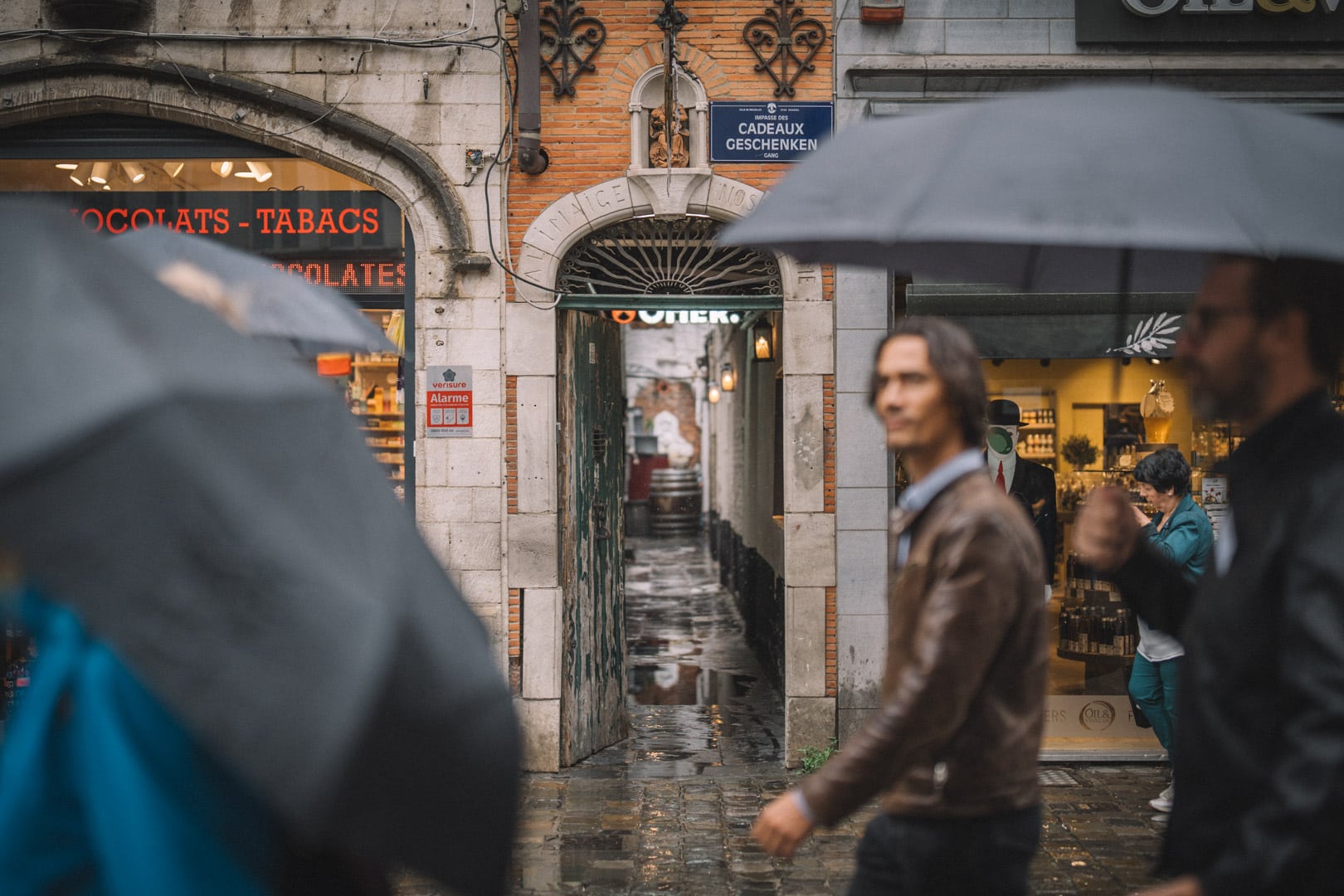Photos and words by Cliff Lucas.
Edited by Breandán Kearney.
Café Society is a photographic series which celebrates the spaces at the heart of Belgian beer culture. See more here.
At the end of a narrow, stone walkway just inside A L’Imaige Nostre-Dame, there’s a trapdoor: an iron-hinged door in the floor leading to the basement. Merchants worked in this building from its construction in 1664 until the mid-18th century when the city of Brussels took control and used the basement to hold prisoners awaiting execution on the Grand Place—many facing death by beheading. Its more recent history as an estaminet dates back to the early 1800s during the Napoleonic Wars when a barrel maker used the space for his workshop. French troops, marching through Brussels on their way to Russia, were asking for cider, not beer. Seizing the opportunity, the craftsman filled his barrels with cider to sell to the passing, thirsty soldiers, thus marking the estaminet’s unofficial birth. It wasn’t until 1884 that A L’Imaige Nostre-Dame officially began operating as an estaminet, complete with its “stamon”, the central pillar with standing-height table. Today, it remains a cozy café with a handful of tables and a modest menu of regional beers, Trappist offerings, and a few Abbey brands. All beers are served in the appropriate glassware, and unlike previous occupants of A L’Imaige Nostre-Dame, each one has a head.
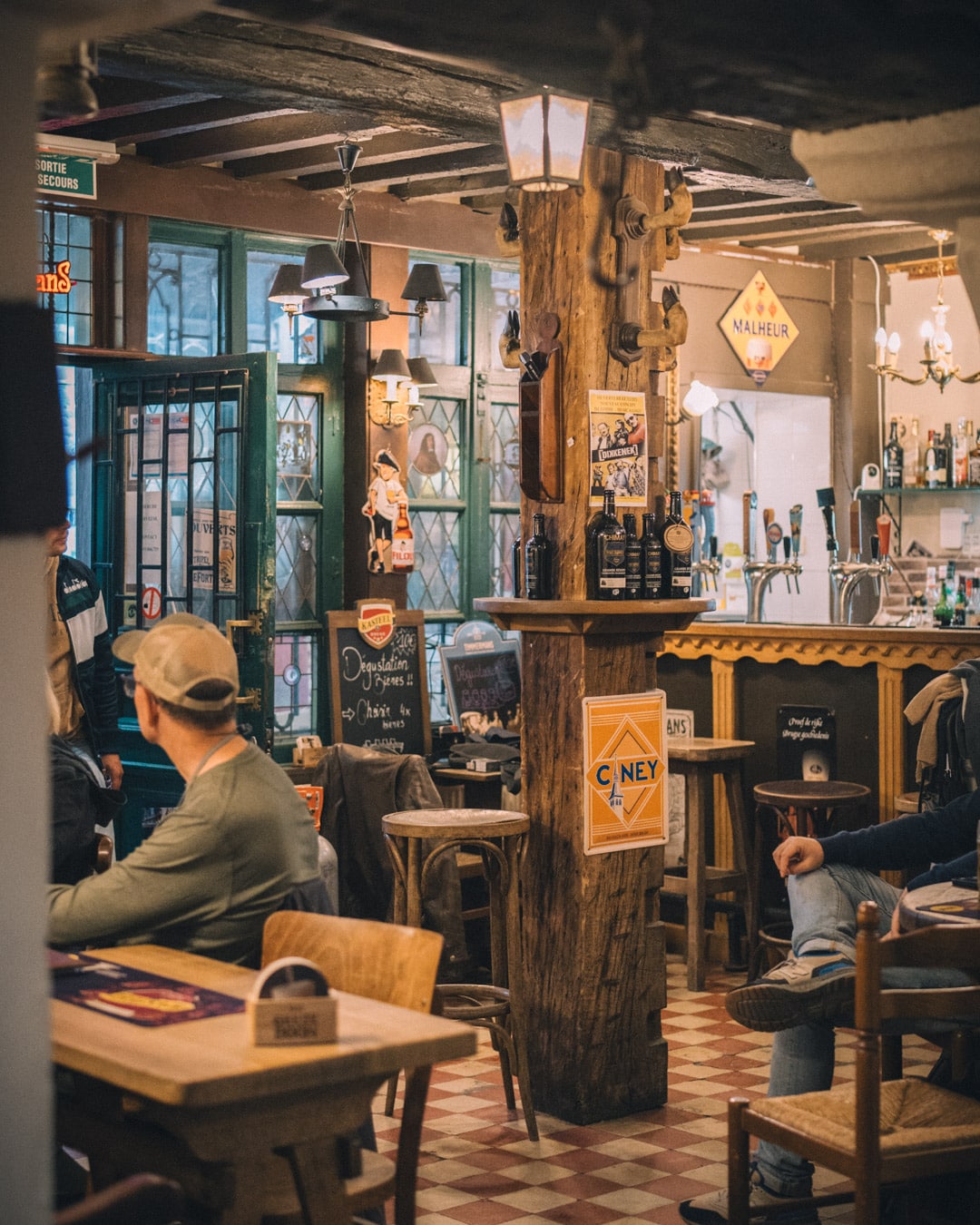
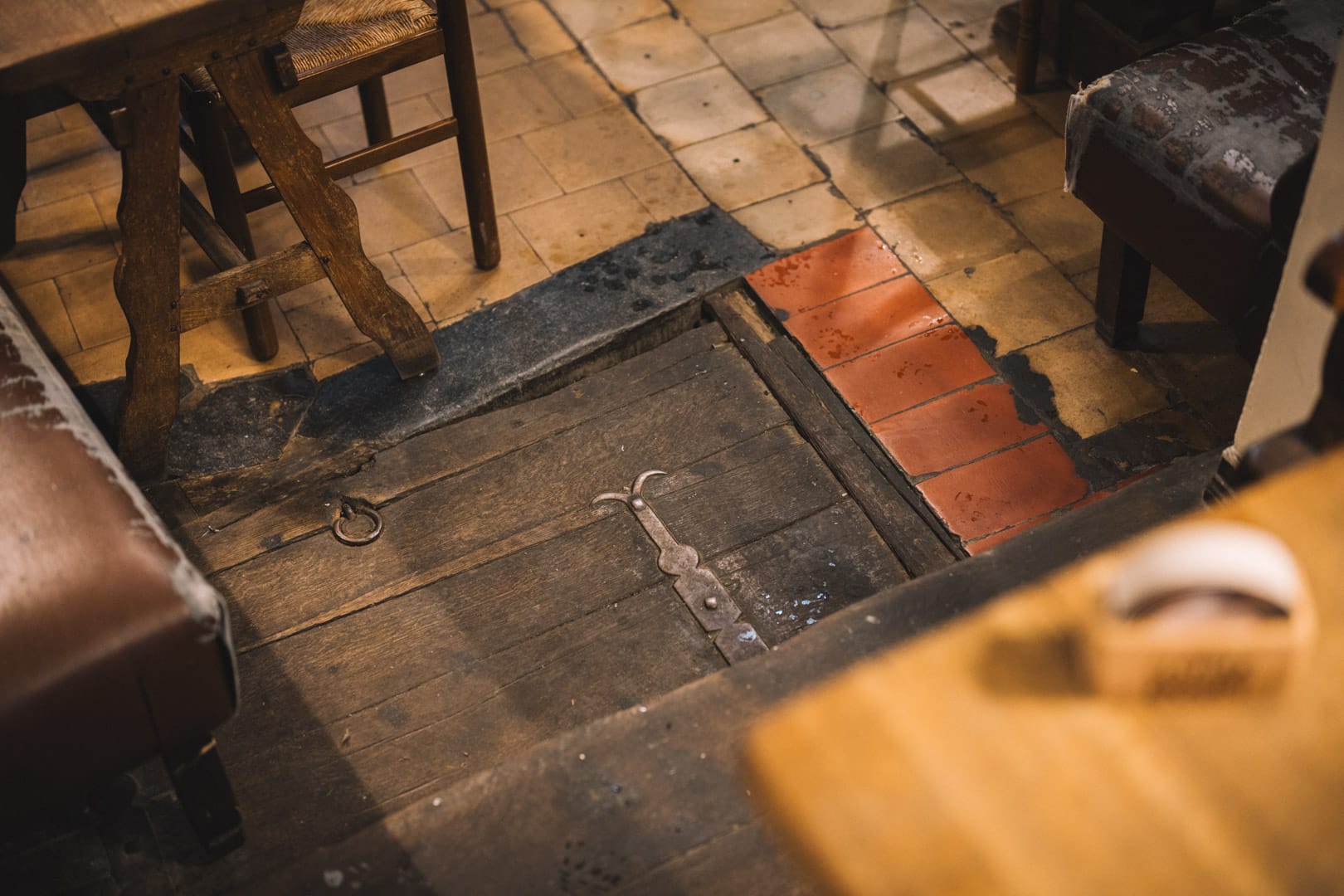
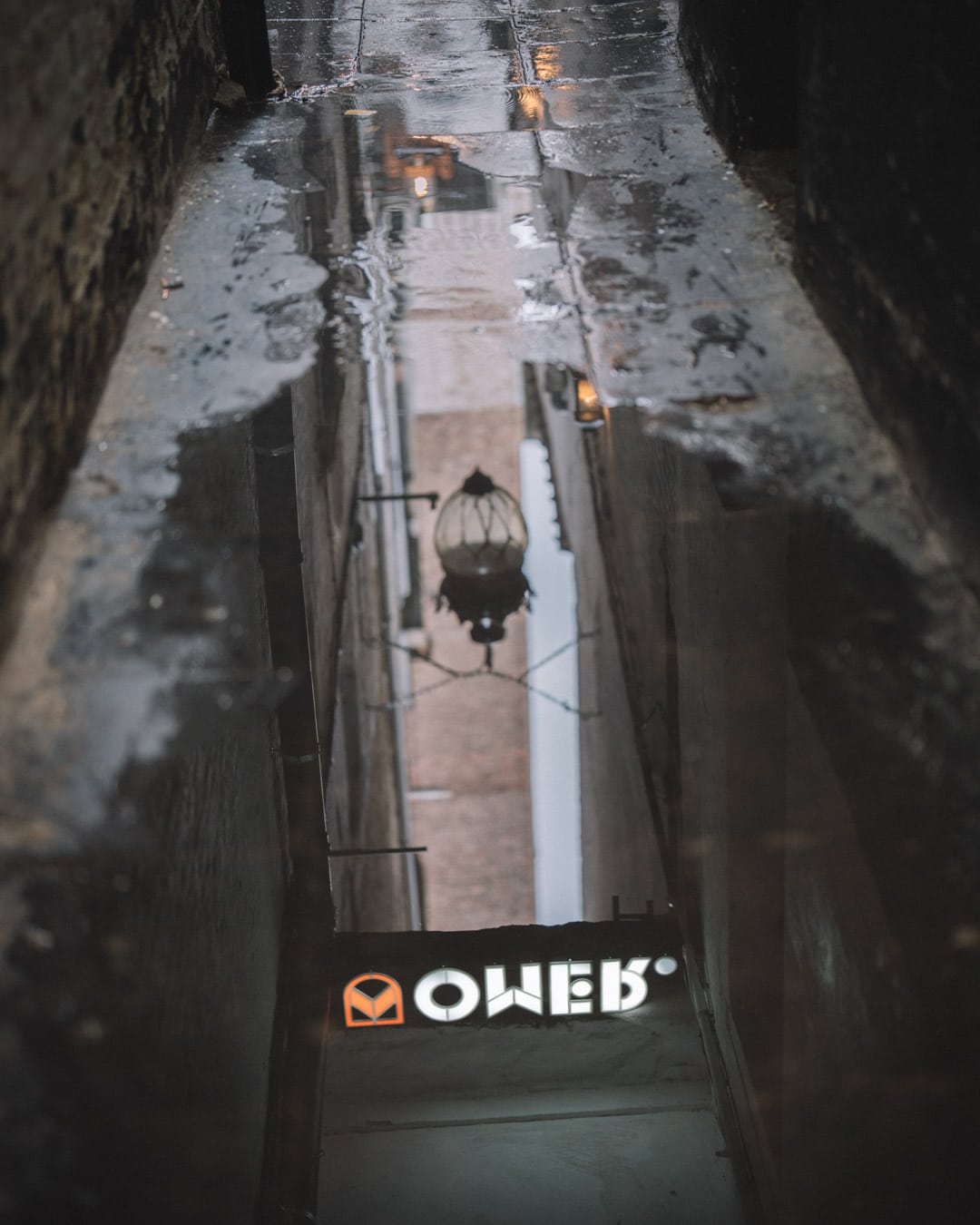
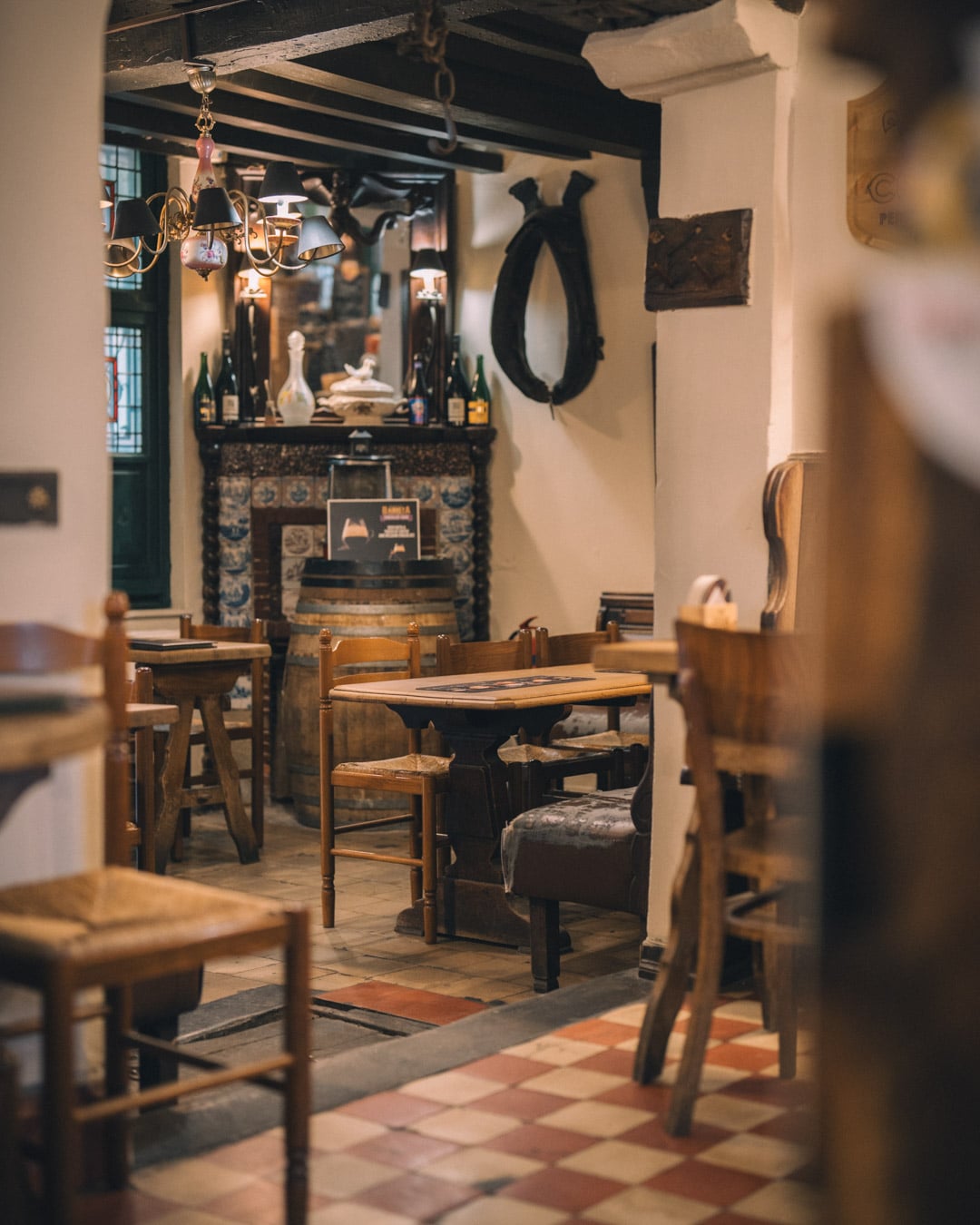
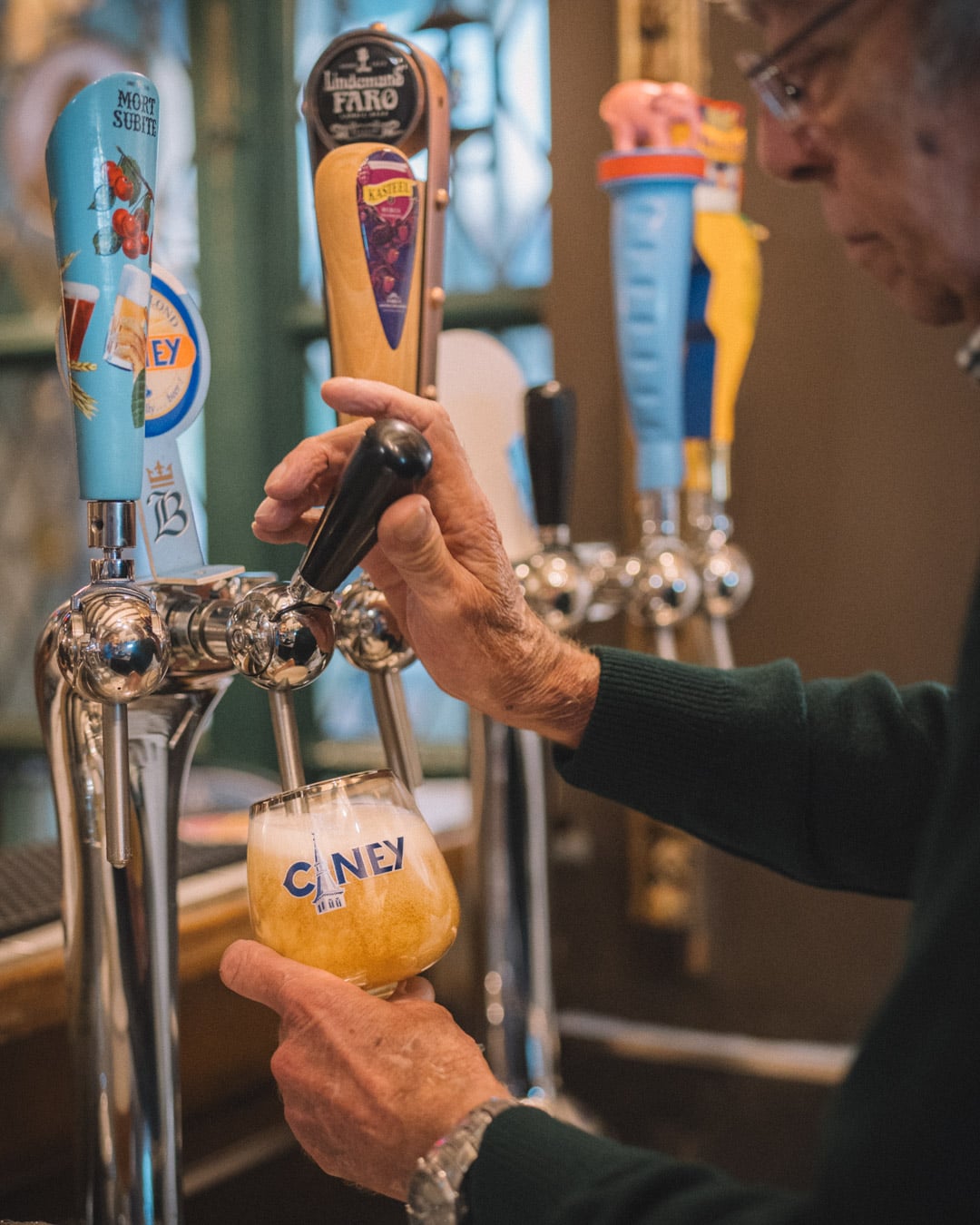
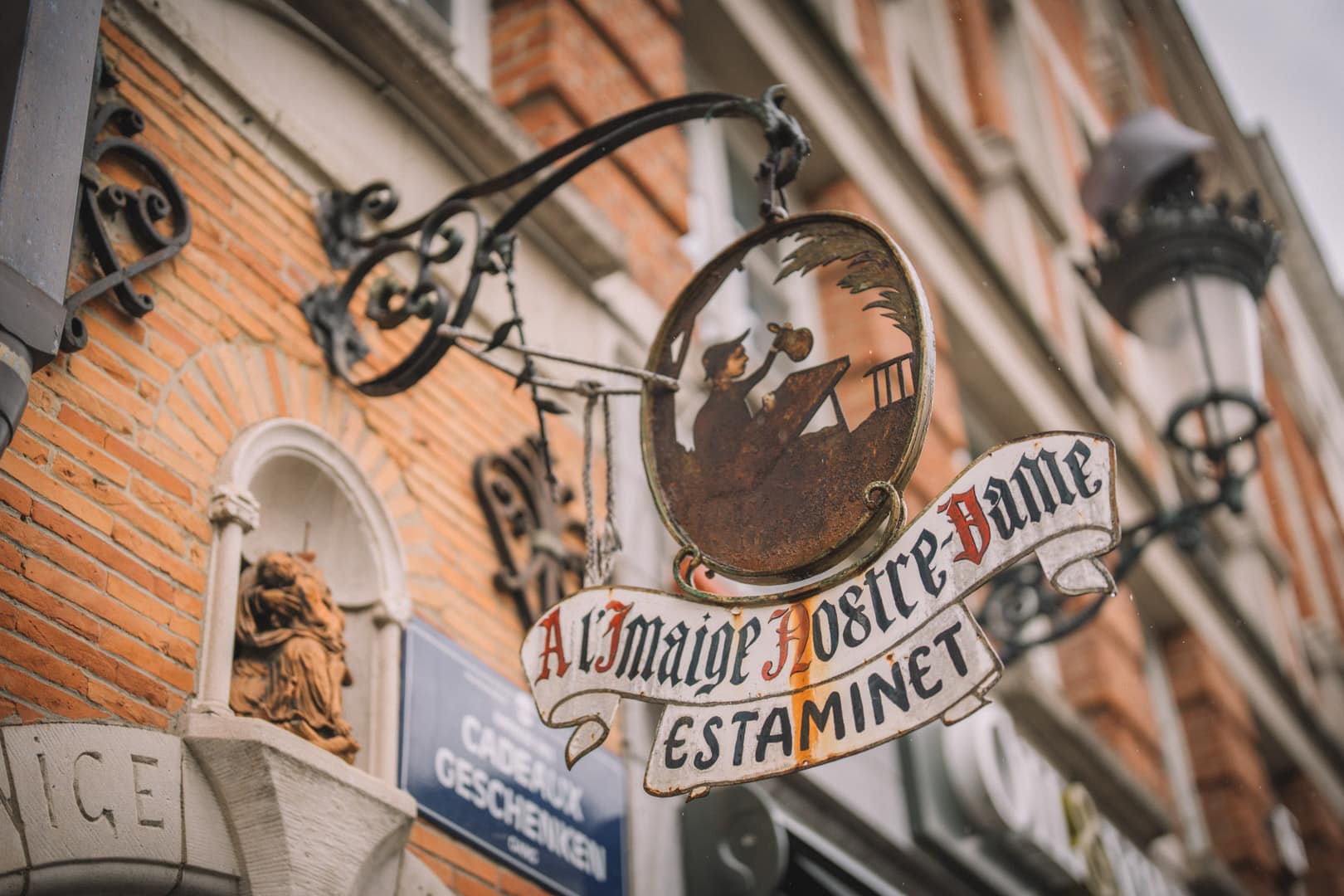
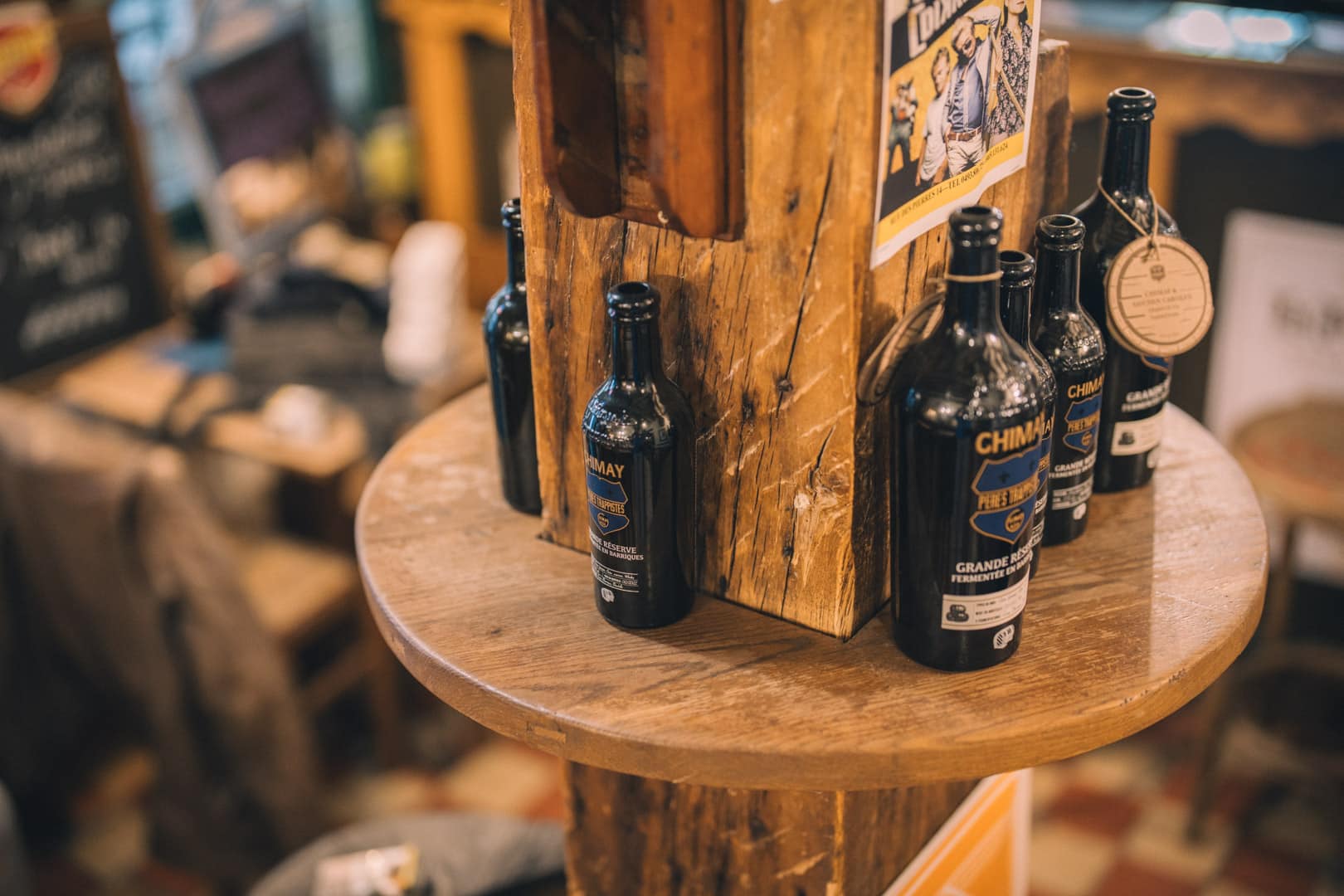
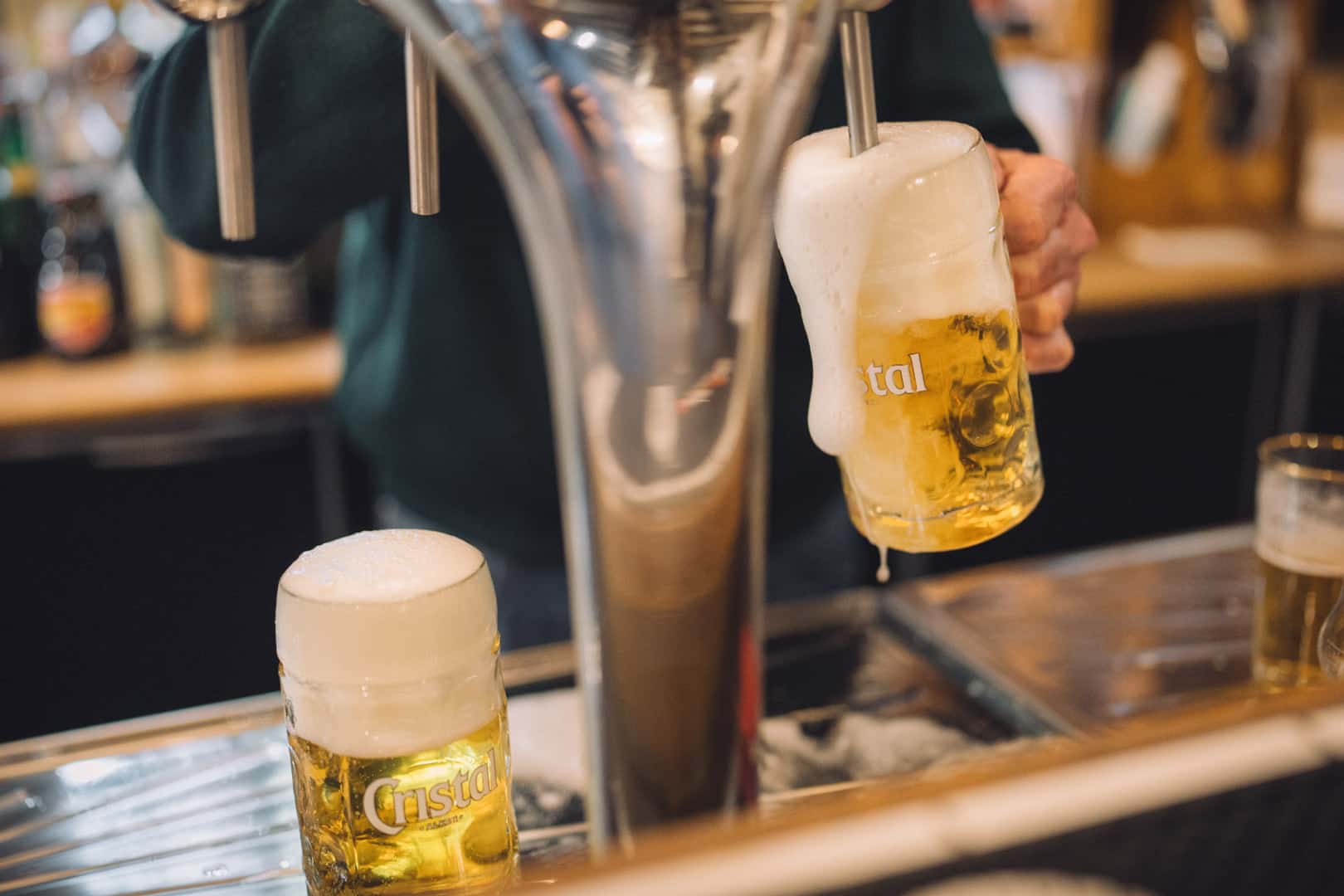
More info:
A L’Imaige Nostre-Dame
Rue du Marché Aux Herbes 8, 1000 Bruxelles
A traditional estaminet located in the heart of Brussels that used to be a small prison for death row inmates.


